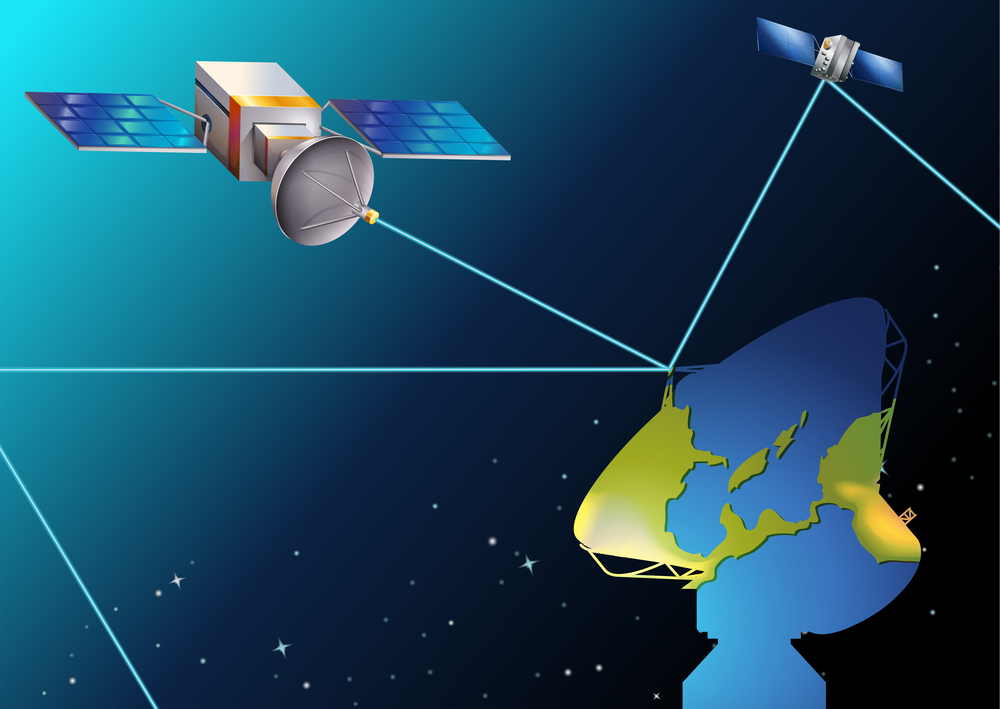
Lockheed Martin was today awarded $4.934 billion to build three Next Generation Geosynchronous (NGG) Earth orbiting space vehicles (SV).
The contract covers manufacturing, assembly, integration, test, and delivery of the spacecraft; and delivery of ground mission unique software and ground sensor processing software.
The satellites will be operated by the U.S. Space Force and provide initial warning of a ballistic or tactical missile launch anywhere on the globe.
Additionally, this modification includes engineering support for launch vehicle integration and launch and early on-orbit checkout for all three NGG SVs.
Work will be performed in Sunnyvale, California, and is expected to be completed May 31, 2028.
The Space Force is acquiring five Next-Gen OPIR (Overhead Persistent Infrared) satellites — the three geosynchronous orbit satellites made by Lockheed Martin and two polar orbit satellites made by Northrop Grumman.
The Next-gen OPIR spacecraft have more powerful sensors and other features that make them more resilient against attacks than current satellites. These will expand and eventually replace the coverage provided by existing Space Based Infrared System satellites.
The NGG program is developing two infrared mission payloads in a competitive, parallel development effort to mitigate schedule risks for the first NGG satellite launch in 2025.
The NGG contract was awarded by Space and Missile Systems Center to Lockheed Martin on August 14, 2018 for the design, development, manufacture, integration, test, and delivery of three Next Generation OPIR GEO space vehicles.
Lockheed Martin held a competitive source selection and awarded subcontracts to both RSAS and NGAS/Ball for development and build of two separate mission payloads in October 2018.
The Government and Lockheed Martin will determine later which of the payloads will integrate on the first and second satellites. The company will also competitively select one of the two subcontractors to build an additional payload to fly on the third NGG satellite.
The team plans to wrap up the system PDR campaign this fall and drive towards the system critical design review (CDR) in the fall of 2021.
